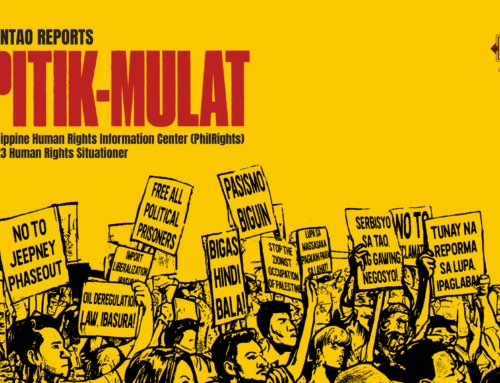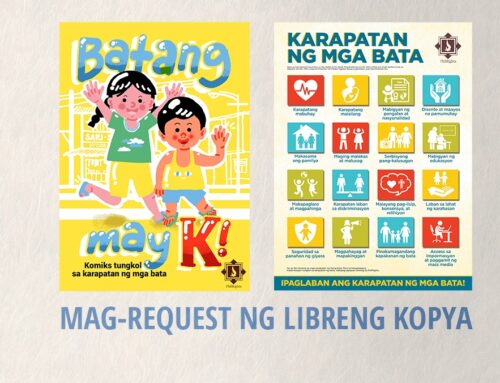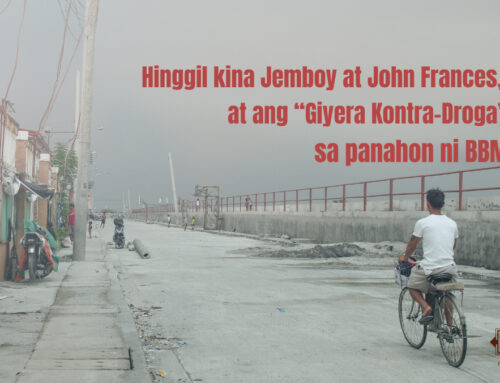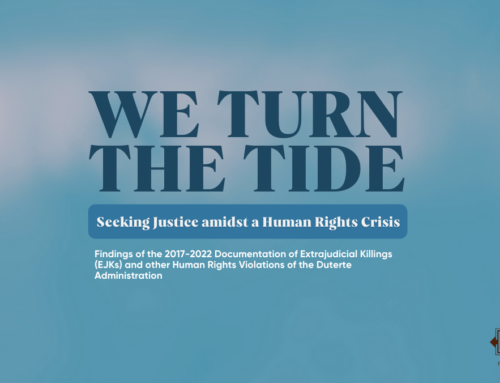by Isaiah Castro
Part 2: Putting off Priorities? Education and Environment at Stake
“We declare our victory over COVID-19, the destroyer of our lives, economy, way of life, and society,” Education Secretary Leonor Briones proclaimed when remote learning initiatives commenced on October 5 last year.
This couldn’t be further from the truth. In reality, an estimated 2,732,467 elementary and high school students did not enroll for the academic year 2020-2021, per the official Department of Education (DepEd) survey. And while the agency retracted these numbers later on, the fact remains that this drastic shift in school pedagogy, barely out of the two-year senior high school addition of the K-12 curriculum change, burdens both educators and learners while also threatening the quality of future career professionals for years to come.
Education has always taken the lion’s share of the national budget. But with the pandemic, it isn’t the only priority pushed onto the sidelines by issues of public health and security.
Online Education, Offline Learners
Students belonging to indigenous people’s groups, as with all other Filipino learners, endure challenges amid the virtual education era due to the remoteness of their areas and inaccessibility to gadgets and Internet signal. CHR reports that Lumad students from Mindanao who moved to Manila and Cebu hoping to continue their education found themselves struggling in both metros due to COVID-19, lack of food and other amenities, and red-tagging from state bodies, most notably the National Task Force to End Local Communist Armed Conflict (NTF-ELCAC).
“New normal” education remains difficult and limiting a year into its implementation. In September 2020, DepEd pegged the enrollment rate at only 86.31 percent of the total enrollment figures of the previous school year. On the other hand, 748 out of the total 14,435 private schools offering basic education have closed shop due to material and personnel inability to shift to blended learning techniques. A DepEd survey in June 2020 showed that only 87 percent of the teacher-respondents possess laptops or computers at home, and among them only 41 percent enjoy stable internet connection. Even parents are apprehensive about enrolling their children knowing that they will have to play an active role in facilitating and guiding their children through modular learning, hence taking time away from their livelihood and chores work.
CHR noted that the use of digital technologies in the Philippines lags behind many regional neighbors owing to a “digital divide” between those with and without internet access and, more generally, social services.
Read: Lessons Unlearned: Fight for Inclusive Education Carries into Second Year of Remote Learning
Climate Change’s Steady Bane
The agenda of environmental protection is among the most pressing topics shoved aside by the world’s pre-occupation on public health against COVID-19, despite the fact that science explicitly warns how climate change destroys ecosystems and contributes to a rise, or resurgence, in fatal infectious diseases in the future.
“The COVID-19 pandemic,” the Commission on Human Rights (CHR) states in its report, “has exacerbated the already dismal situation of disaster preparedness and response.”
Besides the health crisis, parts of the country have been equally battered by natural disasters and other calamities throughout 2020, leading to a considerable increase in COVID-19 positive evacuees who were sheltered in jam-packed evacuation centers. Towards the end of the 2020, consecutive typhoons Quinta (Molave) and super typhoon Rolly (Goni) wiped out agricultural crops worth Php 4.6 billion. However, the worst was still to arrive later. Typhoon Ulysses (Vamco) in November caused powerful winds and extreme flash floods, devastating several parts of Luzon. Citing government reports, CHR states that more than three million people from 5,594 barangays in eight regions were affected and 283,656 people sought refuge in evacuation sites. A total of 73 people died, 19 are still missing, and a hefty $207 million worth of agricultural crops were damaged across Luzon alone after these typhoons.
In addition, the pandemic has also launched a dramatic need for single-use plastics in the form of face masks and shields; the disposal rules of which remain lax due to on-and-off lockdowns and weakened waste management regulations. Archipelagoes like the Philippines are at greater risk of massive marine debris.
Dutertenomics’ Decline
President Duterte’s reliance on the “Build! Build! Build!” poster program proved to be at the mercy of a contagion, when roads are closed and construction is suspended for months. As it turns out, people can’t be fed with cement, steel bars, and boisterous late-night speeches.
The Duterte administration’s socioeconomic agenda, including the passage of several questionable pieces of legislation, severely weakened the livelihood of most needful sectors. The Rice Tariffication Law, for instance, deprived peasants of much-needed profit for capital and investment, ultimately reaching a breaking point in light of a pandemic, food insecurity, and continued flurry of monsoon storms. Meanwhile, Pres. Duterte’s campaign promise to end contractualization, or end-of-contract schemes, did not materialize and perpetuated low wages and job insecurity, ultimately reaching another collapse when the unemployment rate spiked in the middle of 2020.
The government’s bull-headed approach on the counter-insurgency initiative, on the other hand, did not only lead to violations of civil and political rights of legitimate peasant and labor unions and ethnic communities, but also multiple facets of their economic, social, and cultural rights.
As of July 2021, Bloomberg’s vaccine tracker forecasts that, at the current pace of inoculation, it might take the Philippines two more years before finally reaching herd immunity. While the country successfully exited from the pandemic-induced recession in the second quarter of 2021, the National Economic and Development Authority (NEDA) believes that the Philippines will only be able to regain its pre-pandemic growth levels by the end of 2022, at the earliest.
In this still muddled effort towards recovery, closer scrutiny is needed to reveal what direction of recovery we are moving towards. Filipinos are now at an opportune moment to ensure that the socioeconomic advancement the country takes should be something that espouses inclusivity and equity, whereas equally demanding accountability against State and corporate interests who benefited and willingly wronged public interest amid a health crisis. All these narratives of exploitation and aspiration must matter in the ballot in 2022.








